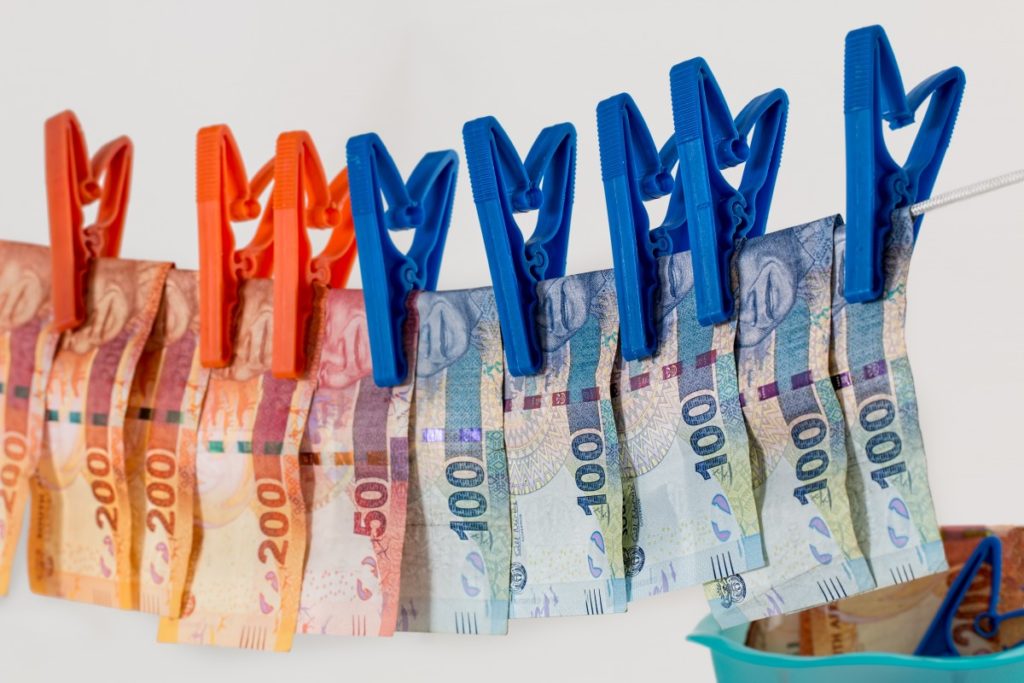
24.11.2020
Recovering VAT from a Credit
 Por
González Varadé, Patricia
Por
González Varadé, Patricia In general, VAT is a tax of instant accrual, and must be paid within the legally established deadlines.
This is a reality, well known by businessmen and freelancers, which is fulfilled punctually every quarter. And it is a premise that applies whether or not the client has paid, with the consequent damage to the bussinessmen. It is almost a popular clamor, “not only did he left me the debt, it also cost me money, because I already advanced the payment of the VAT”.
Maybe you have been in this situation before, but do you know how to recover the VAT on the invoices that a client owes you?
Here is an approximate and descriptive guide to the requirements for recovering VAT in the case of uncollectible receivables. Article 80 of the VAT Act regulates the requirements for reducing the taxable base for VAT when the credits corresponding to the payments made are totally or partially uncollectible.
Contacto No te quedes con la duda, contacta con nosotros. Estaremos encantados de atenderte y ofrecerte soluciones.Requirements:
1. – That one year has passed since the accrual without being charged. The following exceptions must be taken into account concerning this period:
1.1. SMEs: For SMEs, the period is 6 months (SME = Entrepreneur or professional whose volume of transactions in the immediately preceding calendar year did not exceed 6,010,121.04 euros).
1.2. Forward or deferred price transactions: In these cases, the year/six months, counting from the expiry of the unpaid term(s), does not have to wait for the full maturity. In the case of these instalment operations, it is sufficient to request the collection of one of the instalments, without success, to consider the credit uncollectible.
1.3. Operations to which the special regime of the cash criterion applies: By means of this regime, the payment of VAT is deferred until the payment of the invoice. It applies to a legally determined and exceptional type of company. In this case, the expiration of the deadline will be estimated to be fulfilled on the date of accrual of the tax. That is, on 31 December of the year following the year which the unpaid transaction ocurred.
2. – That the circumstance of the non-payment has been reflected in the VAT registration books required for this tax.
3. – The debtor must be a businessman and the taxable base of the invoice must be higher than 300 euros. (VAT excluded).
4. – The collection has to be initiated by means of a judicial claim or by means of a notary’s order. In installment transactions, it is sufficient to request the payment of one of the installments. The most typical case of a legal claim is the payment order procedure. It is especially useful for small and medium sized companies, as it provides a quick and simple mechanism for debt collection. According to our LEC it is a process based on the existence of a previous document, which justifies a monetary debt, which must be liquid, due and payable.
5. – The modification of the base, must be made within three months: From the end of the period of one year/6 months from the date of accrual/expiry of the operation.

Si te ha interesado este artículo no dudes en leer:
Documentary credit
The modification of the taxable base is not appropriate in the case of:
- Credits with a real guarantee.
- Loans guaranteed by credit institutions.
- Credits that are covered by a credit insurance or guarantee (by the guaranteed part).
- Credits between related persons/entities or whose addressee is not established in Spain.Nor if they are established in the Canary Islands, Ceuta or Melilla.
In the event of insolvency proceedings, article 80.3 LIVA applies:
The taxable base may be reduced when the creditor is declared bankrupt. From the publication of the order of insolvency in the BOE, there will be a period of 2 months to modify the base. (This period is identical, whether you are an SME or not).
What procedure should be followed to modify the tax base?
The creditor must meet the following requirements:
1º. – Issue a new invoice rectifying the amount of tax charged. These are popularly known as “FRIVAS”. You must prove that you have sent this amendment invoice to the creditor. The taxable amount and the tax liability can be entered on this amendment invoice:
a) By directly indicating the amount of the correction.
b) Or indicating both operations, the initial and the rectification, in which case the amount of the rectification must be pointed out. This involves making an invoice that includes the initial operation and the rectification, so that it reflects the final situation.
It will also be noted in this document:
a) its status as a corrective document,
b) the description of the cause that motivates the rectification,
c) the identification data and
d) the dates of issue of the corresponding corrected invoices.
Corrected invoices must be recorded in the Invoice Register.
2º. – Inform the State Tax Administration Agency of the modification, within 1 month from the issue of the corrective invoice. It must be stated in the notification that this modification does not refer to credits excluded from the possibility of rectification.
From 1/01/2014, it must be communicated electronically, through the form available at the AEAT’s electronic headquarters.
Conclusions
- If a bill is not paid, you can recover the VAT, as long as your credit meets the established requirements.
- The recovery of VAT is a procedure subject to extinctive deadlines, so you will have to comply with them.
- The law establishes as a requirement the claim of the debt. And for this it gives two alternatives: judicial claim or notarial requirement. In our experience, it is preferable to make a legal claim through the payment order procedure. It is more economical, the initial demand can be signed by the company’s legal representative. Moreover, as it is a summary procedure, in case the defendant does not answer, the execution is directly urged.
- If your debtor has been declared in insolvency proceedings, you do not need to go to court. However, you should be aware of the BOE because the deadline is only 2 months from the publication of the insolvency ruling.
If this article has been of interest, we also suggest you to read the following article published on our website: How is your capital gain taxed?












